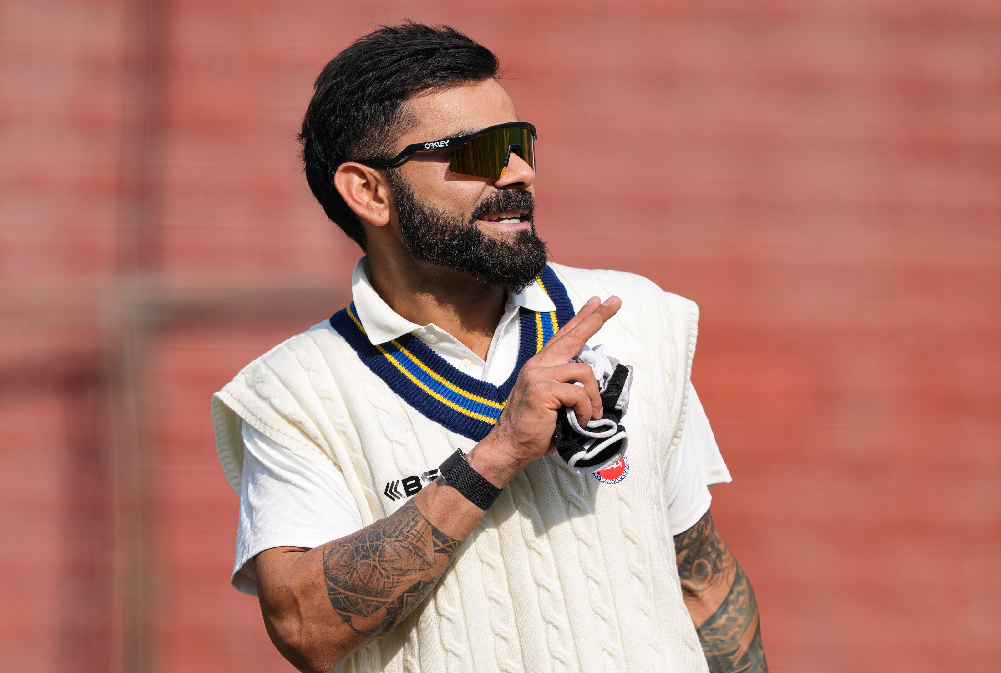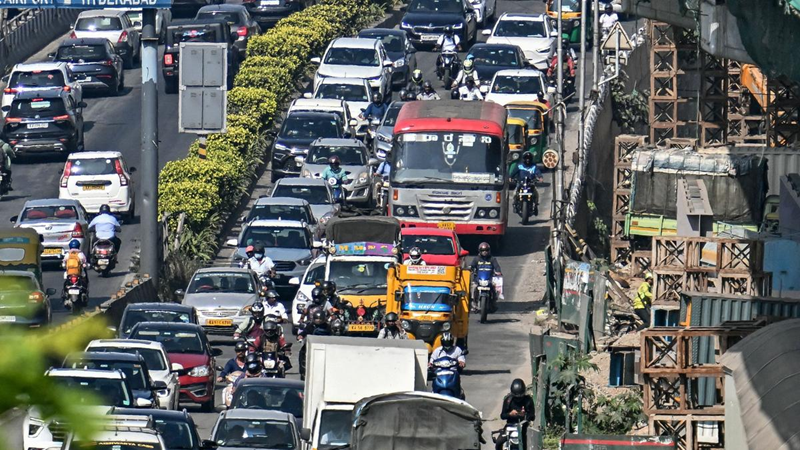
Editorial: Media Freedom Faces ‘Crisis’
India’s ranking at 150th place on the World Press Freedom Index among 180 counties, registering a decline from 142 in 2021, should be a cause for concern for all those who cherish it as a value essential to democracy, especially for a country that prides itself on being the World’s largest democracy. The report released on Tuesday has noted that press freedom is in “crisis” in India with journalists facing violence, media ownership concentrated in a few hands and a large section of media being partisan towards the Government.
The World Press Freedom Index is compiled annually by the Paris based organization Reporters Without Borders also known by its French acronym RSF (Reporters Sans Frontiers). The reckoning takes into consideration diversity of those working in the media, independence to write or broadcast, legislative framework, transparency in the sourcing of information, infrastructure for the production of information, and abuses or assaults against the mediapersons in the field. In 2010, India had ranked 122 among the 180 countries. It came down to 132 in 2012 and 142 in 2021. The downward spiral carries ominous forebodings as India’s standing among the comity of world nations owes much to the perception of strength of the institutions that provide the bulwark for its democratic structure. Even more essentially, a free media is key to building informed opinion for nearly 900 million voters who vote governments and its functionaries regularly at the Central, State and local levels regularly. Arguably a nation that has earned credibility for its electoral process ought to enable its citizens to access the information needed to make the right and appropriate choice.
The decline in India’s rating is inevitably linked to increasing tendency to criminalise dissent since the advent of the Bharatiya Janata Party to power at the Centre in 2014. Instances of journalists critical of official policies been targeted by the troll armies in the pay of the quarters close to the power corridors are many. Increasing instances of Internet shutdowns, official inaction against Islamophobic apps such ‘Sullideal’ and ‘bullibai’, and delayed action against activists threatening reputed journalists on Youtube may serve as a few examples as to why India was described ‘a dangerous place’ for journalists in the report by the organization last year. Threat to women journalists have been even more vicious with their personal data being uploaded in social media and violence being incited against them. As a report from The Wire reveals, much of these poisonous narratives targeted women scribes whose writings ran counter to the official narrative of the party in power.
Media freedom has also been facing serious challenge after 2010 following increasing concentration of ownership in limited number of hands inasmuch as a single industrial house today owns seventy major media outlets that are read, heard or watched by nearly 800 million people. The RSF report corroborates this pointing out as to how the government has been exploiting the absence of an “airtight border between business and editorial policy”. The report also hints at victimization of media outlets whose reports of covid management were critical of the Modi Government’s handling.
However, the fact that China, Pakistan, and Bangladesh are outdoing India in curbing free expression should come as some solace for us, Indians.
 English daily published in Bengaluru & Doha
English daily published in Bengaluru & Doha






